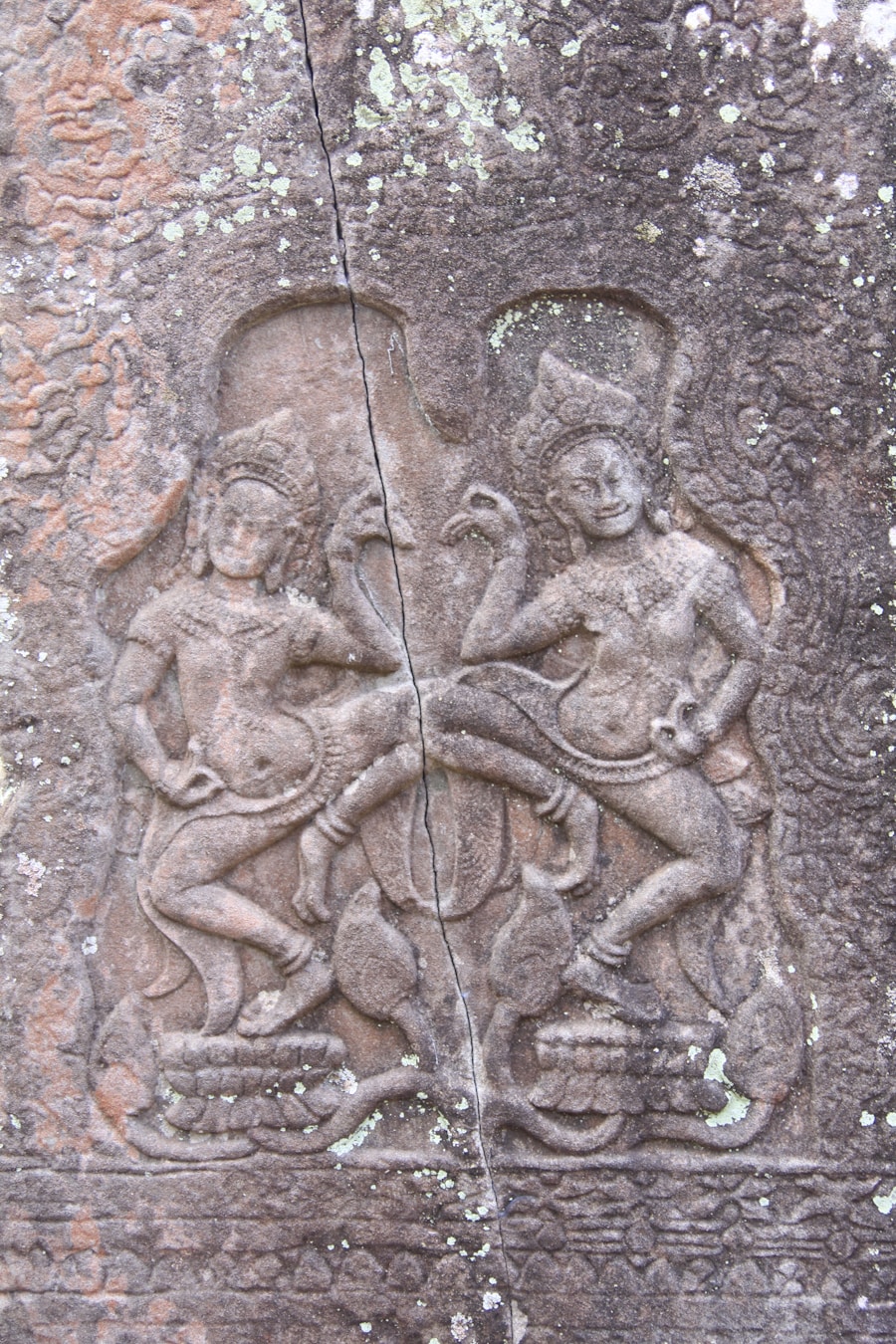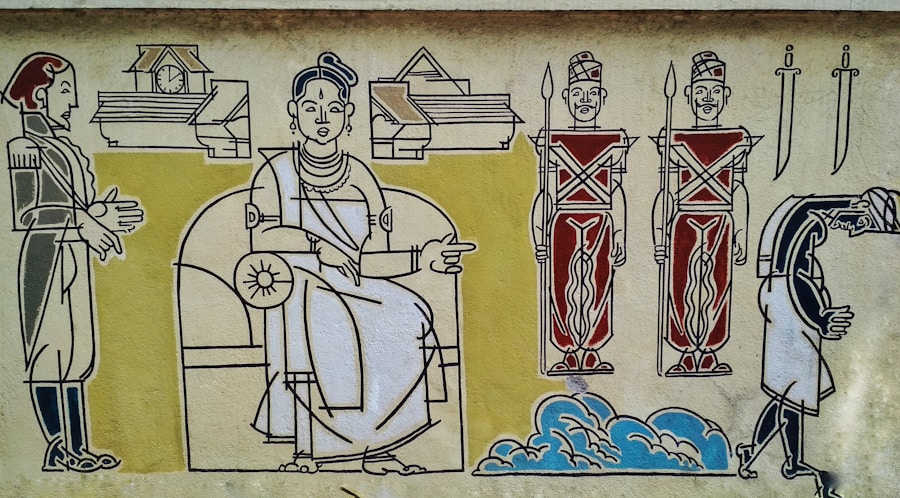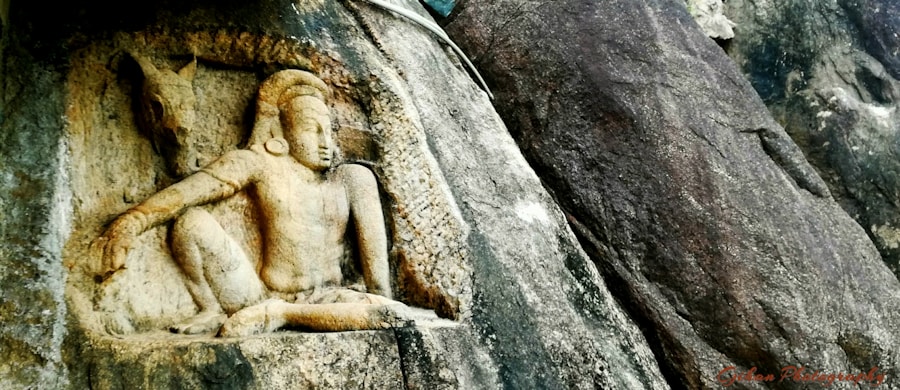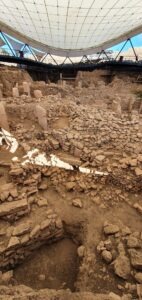Susrutha and Charaka are two towering figures in the realm of ancient Indian medicine, often regarded as the fathers of surgery and Ayurveda, respectively. Their contributions laid the foundation for a sophisticated medical system that has influenced not only Indian healthcare practices but also the broader field of medicine across cultures and epochs. Susrutha, believed to have lived around 600 BCE, is primarily known for his pioneering work in surgical techniques, while Charaka, who flourished around the same period, is celebrated for his comprehensive treatise on internal medicine and holistic health.
Together, they represent a duality in ancient medical thought: Susrutha’s focus on surgical intervention and Charaka’s emphasis on medicinal therapies. The historical context in which Susrutha and Charaka operated was marked by a rich tapestry of cultural and intellectual exchange. Ancient India was a melting pot of ideas, where scholars and practitioners from various disciplines converged to share knowledge.
This environment fostered an atmosphere conducive to innovation in medicine. The texts attributed to these two sages not only reflect their individual insights but also encapsulate the collective wisdom of their time, drawing from earlier traditions while also setting the stage for future developments in medical science.
Key Takeaways
- Susrutha and Charaka were ancient Indian physicians who made significant contributions to the field of medicine.
- Their contributions to ancient Indian medicine include the development of surgical techniques, herbal remedies, and the classification of diseases.
- The Susrutha Samhita and Charaka Samhita are two important texts that contain detailed information on various medical treatments and practices.
- Techniques and treatments described in these texts include surgery, plastic surgery, and the use of various herbs and minerals for medicinal purposes.
- The legacy and influence of Susrutha and Charaka can still be seen in modern medicine, with their texts being studied and referenced by practitioners around the world.
Contributions to Ancient Indian Medicine
The contributions of Susrutha and Charaka to ancient Indian medicine are monumental, shaping the practice of healthcare in ways that resonate even today. Susrutha’s work is particularly notable for its systematic approach to surgery. He is credited with developing numerous surgical instruments and techniques that were revolutionary for his time.
His treatise, the Susrutha Samhita, details over 120 surgical procedures, including complex operations such as cataract surgery and rhinoplasty. This text serves as a testament to his understanding of human anatomy and physiology, which he meticulously studied through dissection and observation. Charaka’s contributions, on the other hand, are rooted in the principles of Ayurveda, which emphasizes balance in bodily systems and the use of natural remedies.
The Charaka Samhita, his seminal work, is a comprehensive guide that covers various aspects of health, including diagnosis, treatment protocols, and preventive care. Charaka introduced concepts such as the importance of diet, lifestyle, and mental well-being in maintaining health. His holistic approach to medicine underscored the interconnectedness of body, mind, and spirit, a perspective that continues to inform modern holistic health practices.
The Susrutha Samhita and Charaka Samhita

The Susrutha Samhita and Charaka Samhita are foundational texts that encapsulate the medical knowledge of ancient India. The Susrutha Samhita is divided into several sections, each addressing different aspects of surgery and medical practice. It includes detailed descriptions of surgical instruments, techniques for suturing wounds, and methods for treating fractures.
Susrutha’s emphasis on aseptic techniques and patient care reflects an advanced understanding of surgical principles that would not be seen in Western medicine until centuries later. In contrast, the Charaka Samhita is structured around the concept of doshas—vital energies that govern physiological functions. Charaka elaborates on the three doshas: Vata (air), Pitta (fire), and Kapha (earth), explaining how their balance is crucial for health.
The text also delves into pharmacology, detailing hundreds of medicinal plants and their therapeutic properties. Charaka’s work emphasizes the importance of individualized treatment plans based on a patient’s unique constitution and circumstances, a principle that remains central to contemporary Ayurvedic practice.
Techniques and Treatments
The techniques and treatments described by Susrutha and Charaka are remarkable not only for their complexity but also for their foresight into patient care. Susrutha’s surgical techniques included methods for performing operations under anesthesia using herbal concoctions, showcasing an early understanding of pain management. He also developed procedures for treating wounds with antiseptic measures derived from natural substances, highlighting an awareness of infection control long before germ theory was established.
Charaka’s approach to treatment was equally innovative, focusing on personalized medicine. He advocated for a thorough examination of patients to determine their dosha imbalances before prescribing treatments. This could involve dietary changes, herbal remedies, or lifestyle modifications tailored to the individual’s needs.
Charaka also emphasized preventive care through regular detoxification processes known as Panchakarma, which aimed to cleanse the body of toxins and restore balance.
Legacy and Influence
The legacy of Susrutha and Charaka extends far beyond their lifetimes; their works have influenced generations of practitioners in India and beyond. The principles outlined in their texts have been integrated into various medical systems across Asia, including Traditional Chinese Medicine and Unani medicine. Their emphasis on observation, documentation, and systematic study laid the groundwork for future medical research methodologies.
In India, their teachings continue to be revered within Ayurvedic practice. Modern practitioners often refer back to the Susrutha Samhita and Charaka Samhita as authoritative sources when diagnosing conditions or formulating treatment plans. The revival of interest in traditional medicine has led to a resurgence in Ayurvedic practices globally, with many people seeking natural alternatives to conventional treatments.
This renewed interest underscores the timeless relevance of Susrutha’s surgical innovations and Charaka’s holistic approach.
Modern Relevance and Impact

The relevance of Susrutha and Charaka in contemporary medicine cannot be overstated. As modern healthcare increasingly recognizes the importance of integrative approaches that combine conventional treatments with alternative therapies, the principles laid out by these ancient sages gain renewed significance. For instance, the emphasis on preventive care found in Charaka’s teachings aligns with current public health initiatives aimed at promoting wellness rather than merely treating illness.
Moreover, Susrutha’s surgical techniques have inspired modern surgical practices that prioritize patient safety and effective outcomes. The use of minimally invasive techniques in surgery echoes Susrutha’s innovative spirit as surgeons today strive to reduce recovery times and improve patient experiences. Additionally, the growing interest in herbal medicine has led to extensive research into the efficacy of many plants documented by Charaka, bridging ancient wisdom with modern scientific inquiry.
In conclusion, the contributions of Susrutha and Charaka represent a rich heritage of medical knowledge that continues to inform practices today. Their works serve as a reminder of the depth of understanding achieved by ancient scholars and their enduring impact on health systems worldwide. As we navigate the complexities of modern healthcare, revisiting their insights can provide valuable lessons in achieving holistic well-being through a balanced approach to health care.
Susrutha and Charaka were pioneers of ancient Indian medicine, known for their groundbreaking contributions to the field. Their work laid the foundation for modern medical practices and continues to inspire researchers and practitioners today. For a comprehensive guide on harnessing technology resources in the medical field, check out this article. It explores how technology can be utilized to improve healthcare outcomes and enhance patient care.
FAQs
Who were Susrutha and Charaka?
Susrutha and Charaka were ancient Indian physicians who lived during the 1st millennium BCE. They are considered pioneers of Ayurveda, the traditional system of medicine in India.
What is Ayurveda?
Ayurveda is a system of medicine with historical roots in the Indian subcontinent. It is based on the belief that health and wellness depend on a delicate balance between the mind, body, and spirit.
What are the contributions of Susrutha and Charaka to ancient Indian medicine?
Susrutha is known for his work “Susrutha Samhita,” which is one of the foundational texts of Ayurveda. He is considered the “father of surgery” and made significant contributions to the field of surgery, including the use of surgical instruments and techniques.
Charaka is known for his work “Charaka Samhita,” which is a comprehensive text on internal medicine. He is considered the “father of medicine” and made significant contributions to the understanding of the human body, diagnosis of diseases, and treatment methods.
What is the significance of Susrutha and Charaka’s work?
The works of Susrutha and Charaka laid the foundation for the practice of Ayurveda and had a profound impact on the development of medicine in ancient India. Their contributions continue to influence traditional medicine and holistic health practices in India and around the world.






















+ There are no comments
Add yours